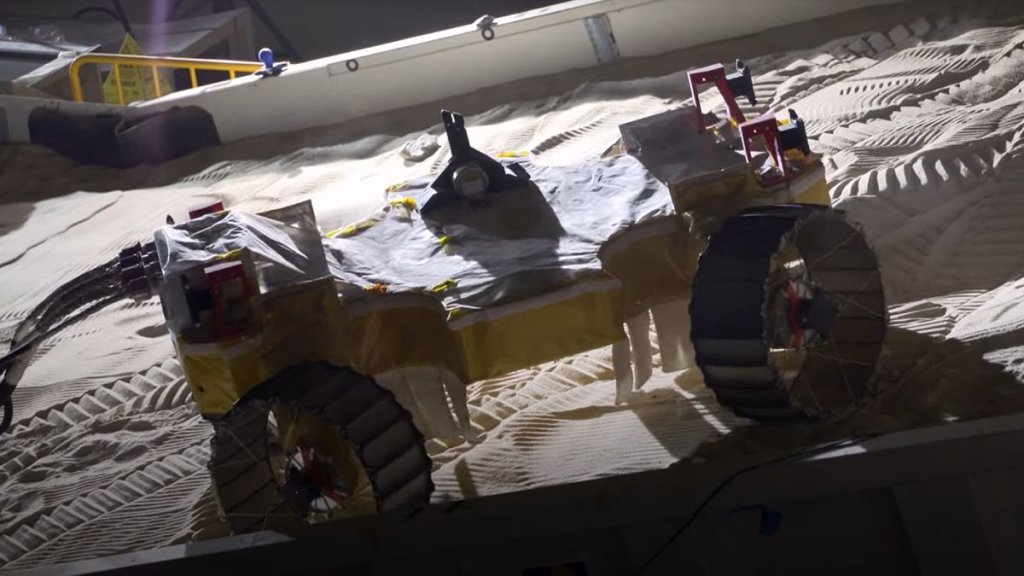NASA’s new moon rover prototype successfully completed an obstacle course simulating the rugged terrain of the lunar surface.
The rover, called VIPER (Volatiles Investigating Polar Exploration Rover), is expected to launch to the lunar south pole in November 2024 atop a SpaceX Falcon Heavy rocket. To test the rover’s mobility, engineers at NASA’s Glenn Research Center in Cleveland created a simulated lunar environment, including large rocks, steep slopes and deep craters.
VIPER is slated to land on Mons Mouton, a mountain near the moon’s south pole. It will touch down near the western rim of Nobile crater, where it will be tasked with characterizing the lunar environment to aid in choosing future Artemis program landing sites during its roughly 100-day mission.
Related: Watch NASA’s VIPER moon rover practice leaving its lunar lander (video)
NASA shared a video of the rover’s recent mobility tests, showing it was able to overcome the potential challenges it will face on the lunar surface. As part of the tests, the rover rolled over big rocks and had to maneuver itself through quicksand-like soil as it climbed up steep slopes and over craters.
Part of NASA’s Artemis program aims to set up a permanent settlement at the moon’s south pole. VIPER will play a key role in helping determine locations where water and other resources could be harvested to sustain humans during extended stays on the moon.
The VIPER mission team also aims to address open questions surrounding how frozen water and other volatiles got on the moon in the first place, where they came from, what has kept some of them preserved over billions of years and where they go after they escape the lunar soil, NASA officials said.
Engineers at NASA’s Johnson Space Center in Houston also recently tested VIPER’s final science instrument — a drill aptly named TRIDENT, which stands for The Regolith Ice Drill for Exploring New Terrain.
The drill is the fourth and final science instrument to arrive at the clean room, where VIPER is being built. The NASA team, alongside engineers from Honeybee Robotics in Altadena, California, performed a series of pre-integration inspections of the drill, which will be used to dig up soil cuttings from as much as three feet below the lunar surface.
TRIDENT is a rotary percussive drill, which means it spins to cut into the ground while hammering to fragment hard material. The drill will be able to measure the strength and compactness of the lunar soil, as well as measure the temperature below the surface, according to a statement from NASA.

